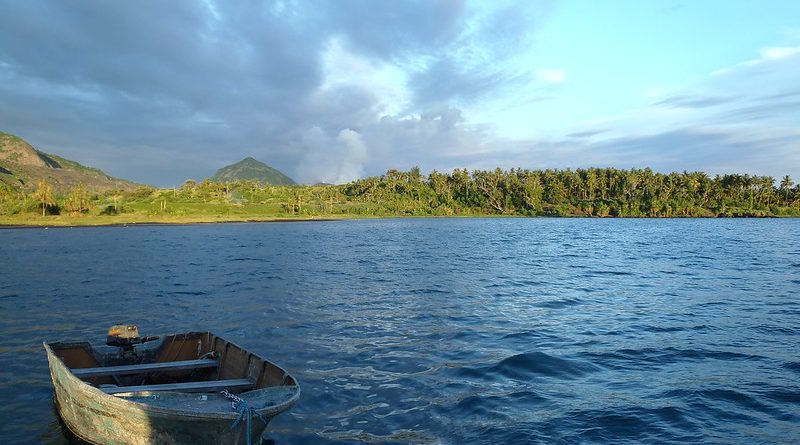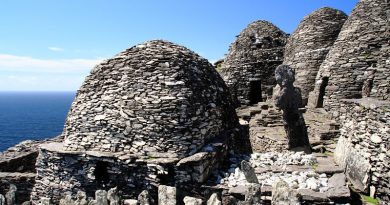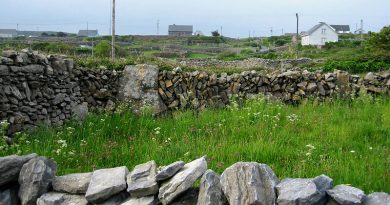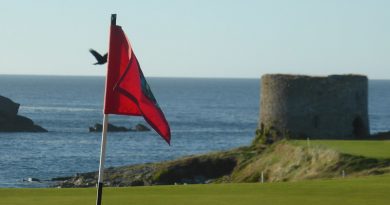Ireland’s Ancient History and Legends
Legendary Beginnings
Irish legend has it that the chieftain who saw Ulster from his boat offered it to whichever of his sons could reach the shore first. As one son drew near in his boat, his rival brother O’Neill cut off his own hand and tossed it ashore and so, by a bloody sacrifice, won the land. Ever since, the Ulster symbol has been the legendary ‘Red Hand of Ulster’. This baptism of blood set the scene for centuries of war and bloodshed, and the symbol still flies on various flags throughout Northern Ireland and Ulster.
The Iron Age and the Celts
Ireland’s population began in the north 9000 years ago, on the banks of the River Bann. 5000 years later, the Bronze Age settlers left the indelible mark of ritual burial chambers on the countryside of Armagh, Down, Mayo and Tyrone. Eventually, the Iron Age introduced the warrior Celts (300 BC) who would leave the strongest impression of all its predecessors on Irish history and culture.
There are no written records of the Celts arrival but a strong oral tradition left behind songs and stories of heroic deeds, spirituality and the afterlife that survive today. The epic tales of Cuchulainn and the Red Branch Knights among others are an integral part of Irish heritage. Before the first of the great shocks to the Celts arrived, Ireland was split into five provinces, with tribal kings controlling the local lands using the Celtic Brehon Law, whilst speaking a universal Gaelic language.
The Christians Land
Christianity arrived between the 3rd and 5th Centuries, and was the first big shock to Gaelic culture. St. Patrick, son of a Roman Official, kidnapped by pirates, escaped slavery in Antrim to preach Christianity to the Irish. He subsequently became the patron saint of Ireland. He was based in, and built his first church in Armagh, which became the religious capital of Ireland, and houses many of the secrets of early Christianity. As Rome declined in the Dark Ages, Ireland’s religion excelled, and it shone like a beacon for Christians. It became known as the ‘land of saints and scholars’. Kings and scholars from Britain and Europe travelled here to study in the many monasteries and schools, whilst Irish missionaries boosted Christianity throughout Europe. During this period the remarkably intricate (and Latin) Book of Kells was created and is preserved in Trinity College, Dublin. Evidence of the rich tapestry of monasteries exist, preserved and in ruins, throughout Ireland.
The Vikings Plunder-Ireland
By the end of the 8th Century, the prosperity of the Gaels would be the cause of their second great shock. The Vikings, or ‘Danes’ sailed ashore to plunder the monasteries and people of Dublin in 795AD. The monks’ response of elevated stone ’round towers’ are a unique, and beautiful remainder from this period, and can be seen in Wicklow, Waterford and Mayo. The Vikings eventually settled and integrated completely with the Gaels, adopting the language and customs, whilst founding the city of Dubh Linn (Black pool) or Dublin. Irish warrior Brian Boru broke the Viking army in Clontarf, 1014, but many soldiers remained to join the Gaels in future struggles.
English Rule
Ireland’s independence would not last, as Henry VIII and Elizabeth I would ensure. Henry VIII decided to destroy the Anglo-Norman Kings and take control of Ireland. He did this successfully, putting English lords in charge of confiscated land as he went, and plundered the Catholic monasteries and churches, as he has done in England. Eventually, in 1541, he was declared King of Ireland.In 1166, the Leinster King, Diarmaid McMurrough, sought an ally in England to help in local wars. ‘Strongbow’ (Richard Fitzgilbert de Clare), one of the Norman lords who now ruled England, offered his support. Strongbow married McMurrough’s daughter, and when the Leinster King died in the wars, Strongbow inherited his kingdom of Leinster, thus beginning an English involvement in the future of Ireland. Henry II, successor to William the Conqueror, feared Strongbow’s independence in Ireland, and endeavoured to bring him into line. However, Strongbow’s Normans and the Irish were so closely linked that they dressed and spoke like the Gaels, and worried Henry so much that he outlawed the Gaelic language, Irish dress, and intermarriage. He was ignored and English control waned until they controlled little more than a small area around Dublin known as ‘the Pale’. Hence, the expression, ‘beyond the pale’ for an area beyond control.
Elizabeth I consolidated English power in Ireland. Frightened of Ireland’s unbreakable Catholicism and strategic position for enemies, Elizabeth made England’s jurisdiction in Ireland complete through bribery and butchery. The Anglo-Normans and the Gaels fought as one against the Elizabethan English, but with little success. The one thorn in Elizabeth’s side was Hugh O’Neill and O’Donnell of Ulster. O’Neill troubled Elizabeth with his successive victories between 1594 – 1601, and made her fear that her power may be broken. But in 1601, at the Battle of Kinsale, O’Neill’s army suffered losses and a peace treaty was signed. Eventually, after subsequent years of harassment, O’Neill and the Ulster chieftains fled the land in what is known as the Flight of the Earls, leaving the land to English rule.
With native chiefs gone, consecutive English leaders pursued a policy of colonisation known as the Plantation, an organised confiscation of land that, in part, sowed the seeds for unrest in Ulster. Irish land was taken from the locals, and given to English gentlemen ‘undertakers’ who divided the land and sold or rented it to English and Scottish settlers. Simultaneously, a natural drift of Scottish immigrants had naturalised in northern areas such as Antrim and Down. These new Protestants were mainly landowners, powerful, and aloof from the impoverished angry native population. A future of fear and unrest would be the result.
Ulster, once the most Gaelic province, was now a mixture of Gaelic Catholics, Anglo-Norman Catholics, Scottish Presbyterians, and English Anglicans. This division is evident in street names, even today, in names like Irish St., Scotch St., English St. In 1641, the seething anger of the Irish spilled over as they attacked the new settlements, slaughtering hundreds. Written evidence of the trouble is stored in Trinity College, Dublin.
This idea of an embattled Protestant minority was to become a common theme in years to come. In England, the King had been deposed and Oliver Cromwell had started a parliamentary government. Cromwell, in 1649, came to Ireland and ruthlessly imposed his authority in such barbaric fashion that it still lingers in the Irish consciousness. Everyone in Drogheda, women and children included were executed in a fashion that Cromwell described as by ‘the spirit of God’. From Drogheda, Cromwell’s Puritan’s marched throughout Ireland making sure that the Protestant English minority would triumph. Irish landowners lost their land and were banished to barren Connaught. ‘The curse of Cromwell’ was complete. By 1714, the Irish population owned only seven percent of the land.
More Information
BBC History of N. Ireland
Audio personal accounts and historical commentary
Irish History
The Epic History and Heritage of the Irish
Irish Mythology
Irish myths from the great oral tradition
Cuchulain of Muirthemne
Lady Gregory’s 1902 collation of the Cuchulain cycle
By Colin Jennings




